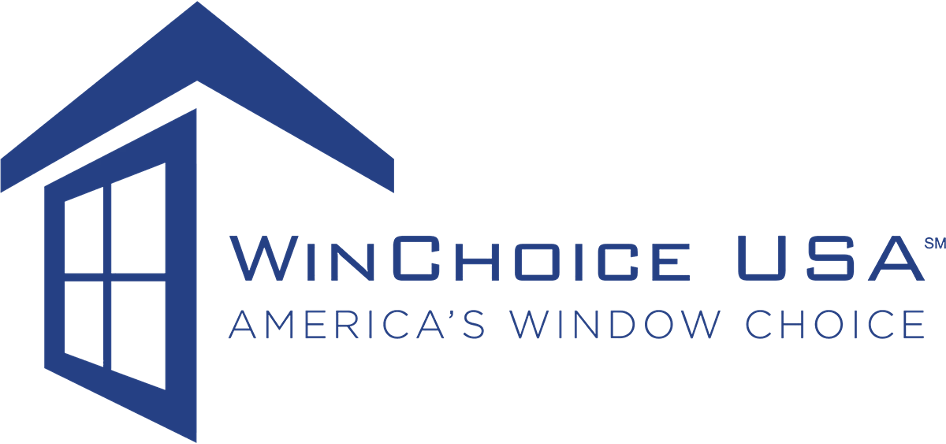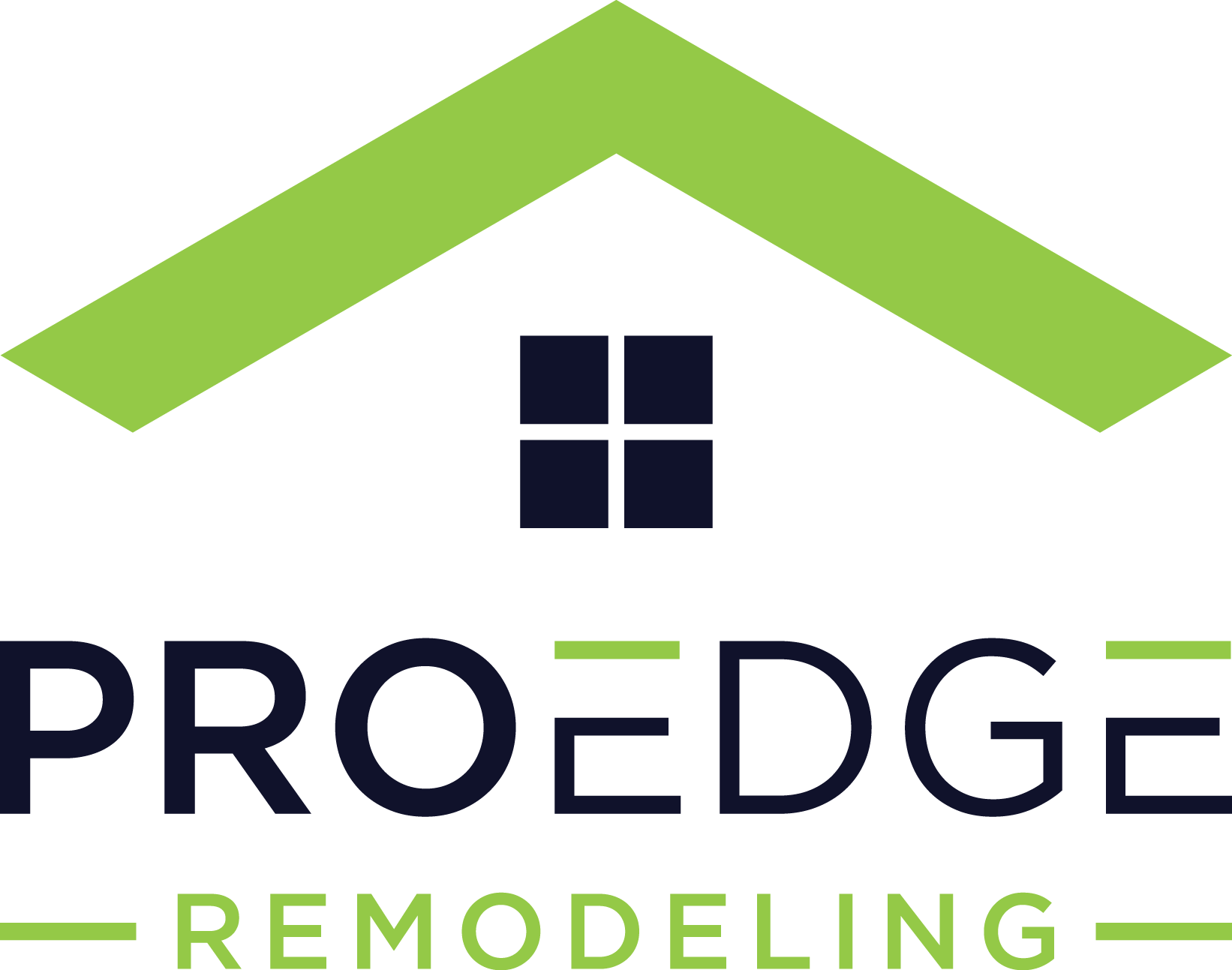Are Solar Panels Worth It in 2025?

*Updated February 11th, 2025
Advantages of Solar
Although we’ve rolled into a new year, one question still remains: is investing in solar worth it? It’s a complicated question with no simple answer – your location, financial incentives, intended duration of residence and home value are several key factors. To help make your decision a little easier, we’re shedding some light on different key factors you should know as a homeowner considering solar.
1. Lower Electric Bill
The first advantage when it comes to solar is pretty cut and dry – solar panels offer an attractive, long-term solution for homeowners looking to reduce their electricity bills. By investing in solar energy now, you can take control of your utility costs as they continue to rise. Since 2010, prices have increased by 5 percent while the price per watt from solar systems dropped 70 percent over that same time period. With a 25-35 year life span ahead, making the switch to solar is sure to last well into the future.
2. Increase Home Value
According to a 2019 Zillow report, homes with solar panels sold for 4.1% more on average than comparable homes without solar power. For the median-valued home, that translates to an additional $9,274. If you ever decide to sell your home complete with a solar system in place, solar installation will make your home much more attractive for potential buyers.
3. Renewable Resource
Solar panels provide an opportunity for homeowners to tap into clean, sustainable energy from the sun’s rays and help protect our planet. With alternative forms of power making a positive contribution towards reducing carbon footprints all over the world, we can benefit from cleaner air while taking action on climate change. Investing in solar helps minimize humanity’s carbon footprint overall.
4. Minimal Maintenance
A standard system is designed to last for at least 25 years with little to no maintenance over that period. The most common maintenance required is light cleaning for any debris that has collected on your roof. Typically, regular rainfall will take care of this maintenance on its own. The other maintenance some homeowners choose to do routinely is an annual inspection by a professional to confirm your panels are receiving optimal sunlight and working as they should.
5. Potential Tax Credit
By taking advantage of solar rebates and incentives, you can save significantly on the cost of your new installation – often pocketing money each month! The federal ITC is one incentive that saves 30% off your total costs with no cap to its value. In addition to this, states may also grant savings up to 50%, including state tax credits, cash rebates and certificates for renewable energy production. With all of these programs combined, you have a good shot at earning back a large portion of your upfront costs.
6. Energy Independence
Solar power enables individuals and communities to achieve greater energy independence by offering a dependable and sustainable energy source unaffected by fluctuations in traditional energy prices or availability.
Through the generation of electricity using solar systems, both individuals and communities can diminish their dependence on utility companies, fostering increased self-sufficiency in managing their solar needs.
Disadvantages of Solar
In what cases is solar not the best option? Here are a few instances where it may not be worth the investment:
1. Installation Cost
Even with the incentives and tax credits available, solar can be a steep upfront investment. The average cost of a solar system can be upwards of $20,000, so it’s important to be aware that solar companies can charge high prices for installation.
2. Electricity Bills are Low
If you currently pay a reasonable amount for your electricity bill, it’s important to take into account that you may not break even for a long time based on initial investments for solar. The primary draw for solar is that it saves you money by offsetting electricity costs, which may be a nonissue if costs are manageable.
3. Location
Your home’s location can make or break its solar power system, as areas with more sunshine year-round generate significantly higher returns on investment. It’s also important to note that roofs facing south, southwest, or west receive more direct radiation from the sun, allowing the panels to work to their full potential.
4. Not for All Roof Types
The size, shape and slope of your roof are important factors to take into account when exploring solar possibilities. Roof structures can certainly be roadblock with solar installation, with the most ideal set up being a south-facing roof with a slope between 15 and 40 degrees. Steeps roofs can make installation really challenging and may require additional mounting equipment. Plenty of open space and lack of obstructions from surrounding trees, chimneys, etc is ideal for putting solar in place.
How to Maximize Solar Savings
In most cases, going solar is a smart investment. We’ve put together a few tips to make sure you’re maximizing you’re reaping all the benefits throughout the process:
1. Shop Around
Shopping for solar panels can be an intimidating and challenging process. It’s crucial to invest time in researching and comparing quotes from multiple companies in order to find transparency, top-notch quality, and a price that fits within your budget. Exploring all of your installation options will give you the competitive edge, resulting in high quality work at the best price.
2. Look Local
Majority of the time, inflated installation prices are seen from the larger installers in the industry. While this isn’t always the case, it’s important to compare quotes with local installers to ensure you’re not overpaying for your solar installation.
3. Research Equipment Options
When looking for the optimal solar installation, all options must be weighed carefully. While some equipment may boat high efficiency ratings and tempting price tags, investing in the more expensive options does not automatically mean higher savings. To uncover the best system for your needs, you’ll need to compare quotes with different types of panels and inverters along with various financing offers before choosing your setup.
How Much Will Solar Installation Cost?
There are various factors that contribute to the overall cost of your solar panel system, so it’s crucial to do thorough research on overall price before committing. As solar continues to become an increasingly popular choice, the cost will likely decrease further. Some of the main factors that will affect your budget include:
1. System size
The amount of energy you use is directly linked to the size and cost of your solar set up. More consumption requires a larger system, which will lead to a need for more panels. The bigger your system, the pricier it will be.
2. Equipment
Cheaper panels may feel like an easy way to cut corners when it comes to cost, but it’s important to strike a balance of savings and quality investments. You’ll want to make sure the equipment you invest in will last and work efficiently.
3. Roof characteristics
If the space, slope, and direction of your roof are not ideal, it doesn’t mean solar isn’t still in the cards for your home. However, the more complex the installation the more costly it will be. Additionally, if your panels aren’t getting direct sunlight they will be less efficient, reducing savings.
4. Labor
Solar companies will differ in their installation price, so it’s important to shop around and find the best fit for you and your project needs.
5. Location
Solar prices differ from state to state, and generally warmer states see cheaper prices. Rebates and incentives will also be dependent on location, which will be crucial factors in your total installation cost.
Is Solar Worth it in 2025?
1. Rise in Electric Costs
Electricity rates continue to climb in 2025, putting more financial pressure on homeowners. For example, average residential electricity rates in many states have increased by 10–15% over the past two years due to inflation, rising energy demands, and aging infrastructure. This trend shows no signs of slowing, making solar energy an attractive alternative to offset these rising costs and stabilize monthly bills.
2. Decline in Solar Costs
While electricity prices rise, the cost of solar panels has dropped significantly. Solar installation prices are now more than 30% lower than a decade ago, thanks to improved manufacturing techniques, greater competition, and economies of scale. Affordable loan and financing options also make solar more accessible than ever for homeowners and businesses. These factors enhance the return on investment (ROI), making solar a cost-effective and practical solution for most properties.
3. Advancements in Technology
In 2025, solar panels are more efficient, durable, and versatile than ever. New technologies like bifacial panels (which generate energy from both sides) and improved energy storage systems offer better performance and extended lifespans. Homeowners can also take advantage of integrated solar solutions, such as solar shingles and advanced battery systems, allowing for greater energy independence and long-term financial benefits.
4. Take Advantage of Government Incentives
Federal and state incentives remain a major driver for solar adoption in 2025, but many programs are scheduled to phase out or reduce benefits in the coming years. For example, the federal solar tax credit currently offers a 30% deduction, but this is expected to decrease after 2025. Acting now ensures you can take full advantage of these incentives, reducing upfront costs and maximizing your savings.
FAQ
How long does it take solar to pay for itself?
According to the U.S. Department of Energy, the average payback period for solar panels is between six and 10 years.
How much do solar panels generally cost?
According to sources, solar panels cost about $20,020 as of 2023 for a 10kW system. This estimation includes the federal solar tax credit, but not additional local rebates and incentives that may be available.
Should you wait to buy solar panels?
Even though prices of solar panels are expected to fall, waiting is not a definite savings. The longer you wait to go solar, the less likely you are to be able to take advantage of current rebates and tax credits available – the longevity of these perks is uncertain.
Additional Solar Resources

Anna has over six years of experience in the home services and journalism industries and serves as the Content Manager at MyHomePros.com, specializing in making complex home improvement topics like HVAC, roofing, and plumbing accessible to all. With a bachelor’s degree in journalism from Auburn University, she excels in crafting localized, comprehensive guides that cater to homeowners’ unique needs. Living on both coasts of the United States has equipped her with a distinctive perspective, fueling her passion for turning any house into a cherished home through informed, personalized decision-making.








